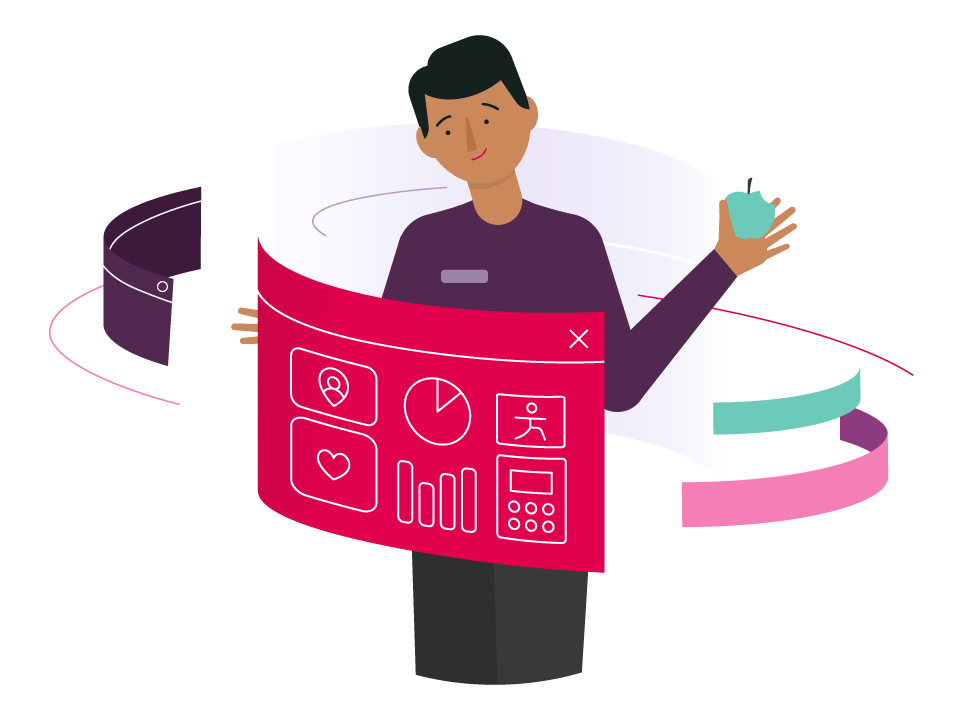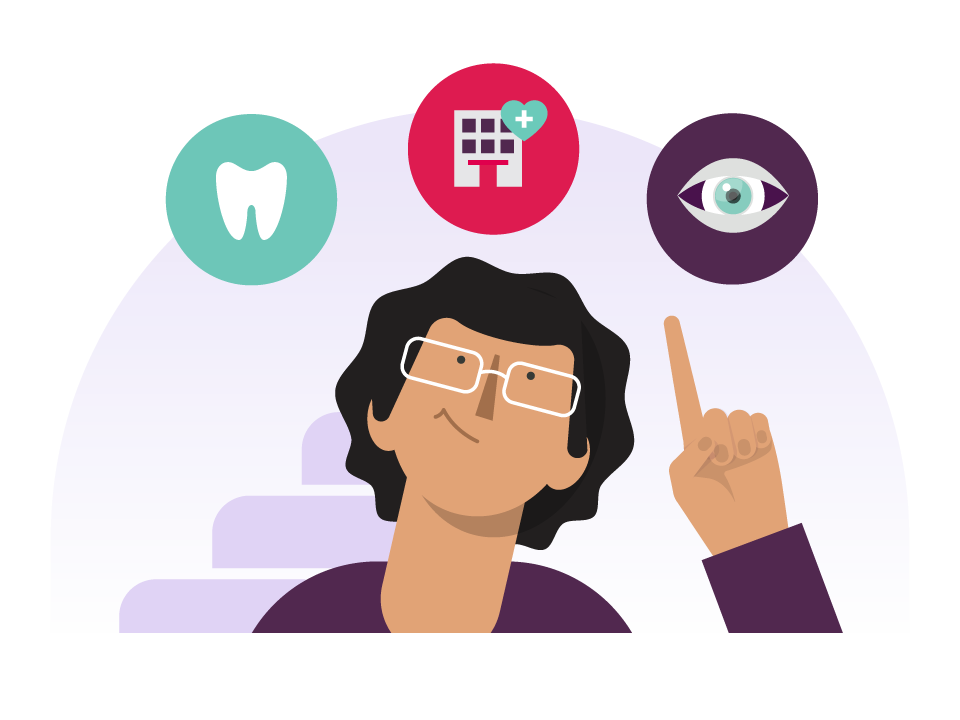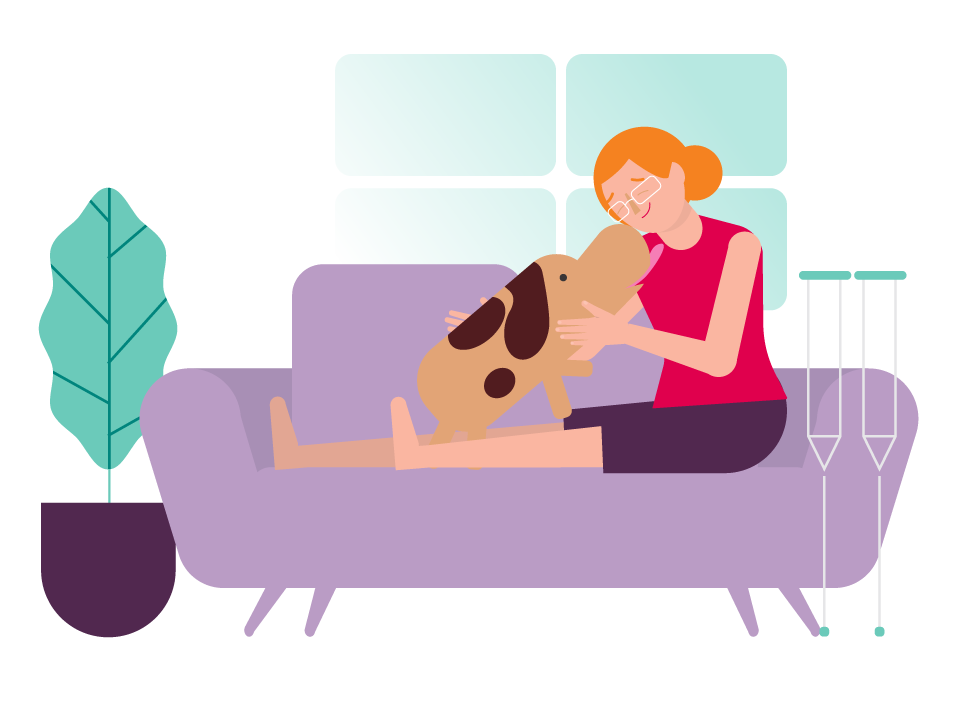Using this guide What's covered
Here you’ll find the answers to many of your questions about gastroscopy. Learn how it works, what it may cost, what your recovery may be like, and more.
To see how it’s done, view our animation below. For personal insights, see our patient experience videos in which HCF members talk frankly about their preparation, surgery and recovery.
Cost indicator
Discover the typical out-of-pocket costs HCF members can expect to pay for gastroscopy and learn how your choice of doctor and hospital affect that cost.
The basics
What’s gastroscopy?
Gastroscopy is a diagnostic test that allows your doctor to look inside your oesophagus (the pipe that leads from your mouth to your stomach), your stomach, and your duodenum (top part of your small intestine).
While you’re sedated, your doctor passes a thin tube (with a camera on the end) called a gastroscope into your stomach through your mouth. Images from the camera are magnified and viewed on a monitor.
Your doctor can pass special small biopsy forceps through the gastroscope to take tissue samples for diagnosis. It's considered a very safe and precise way of investigating your oesophagus, stomach and duodenum.
Why is it done?
To check for abnormalities in your oesophagus, stomach and duodenum.
Common reasons include:
- abdominal or chest pain
- reflux
- difficulty swallowing
- persistent nausea and vomiting
- abdominal bloating
- abnormal findings from imaging or blood tests.
These symptoms can be due to a wide range of disorders, including:
- oesophageal stricture (narrowing or tightening of oesophagus)
- hiatal hernia (where a part of your stomach gets pushed up into the chest cavity)
- stomach polyps
- an ulcer
- bleeding in your stomach or duodenum
- coeliac disease
- lactose intolerance
- inflammation of the stomach (gastritis)
- cancer in your stomach or oesophagus.
Your doctor may also use gastroscopy as a screening tool if you have a strong family history of stomach cancer or to follow up previous treatment. Gastroscopy is usually performed as an elective procedure but sometimes it’s done as an emergency procedure to investigate acute bleeding or an obstruction.
Doctors sometimes do a gastroscopy on the same day as a colonoscopy if they think your colon should be also examined.
The details
CONSIDERING THE PROCEDURE
Procedures associated with gastroscopy
Before doing a gastroscopy, your doctor may perform another procedure first.
Learn more
Results vs risks of the procedure
The benefits and potential complications of gastroscopy.
Learn more
Choosing a specialist
How to find a gastroenterologist or surgeon to perform your procedure.
Learn more
PREPARATION
Questions for your specialist
What you should be asking before going ahead with gastroscopy.
Learn more
Preparing for your procedure
Clearing the gut before your gastroscopy.
Learn more
YOUR PROCEDURE
Going to hospital
What to expect on the day of your procedure.
Learn more
Your procedure
What happens in the procedure room.
Learn more
RECOVERY AND AFTERCARE
After your procedure
Before you go home.
Learn more
Aftercare
Resuming activities and watching out for problems.
Learn more
Patient experiences
Give us feedback
Did you find this guide helpful? Let us know what you liked or what we can do to improve it. We'd love to hear from you.
To provide feedback, email us at wellbeing@hcf.com.au.
Related articles
SECOND OPINION
Eligible HCF members can get a free second opinion on their health condition from a certified, practising medical specialist.
Find a doctor
Search for specialists who participate in our Medicover no-gap or known-gap scheme.
Find a health professional
Search for providers who participate in our More for You program. Find physios, chiros, podiatrists and more.







